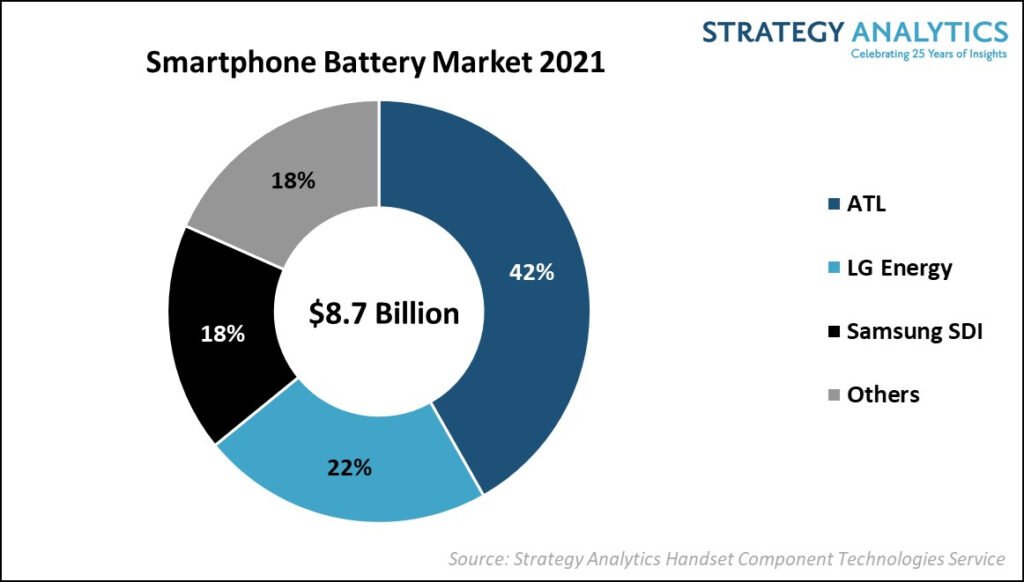
5-8 #Home : Huawei’s mobile phone production capacity has resumed; CATL plans to officially release “Qilin” batteries in 2Q22; Tesla plans to sell 20M electric vehicles per year by 2030; etc.

According to Newzoo, revenues are still growing in 2022 and will reach USD203.1B via consumer spending (+5.4% YoY)—a new record. The global player numbers will also have a breakthrough in 2022, passing the 3B mark to reach 3.09B players by the end of the year. In terms of game revenues via consumer spending, the U.S. (USD50.5B) will generate more than China (USD50.2B) in 2022. The overtake makes sense, as the Chinese government has been cracking down on gaming in China, limiting new game releases and young people’s gaming time in the country. The market is beginning to show the impact of these regulatory pressures. (CN Beta, Newzoo)
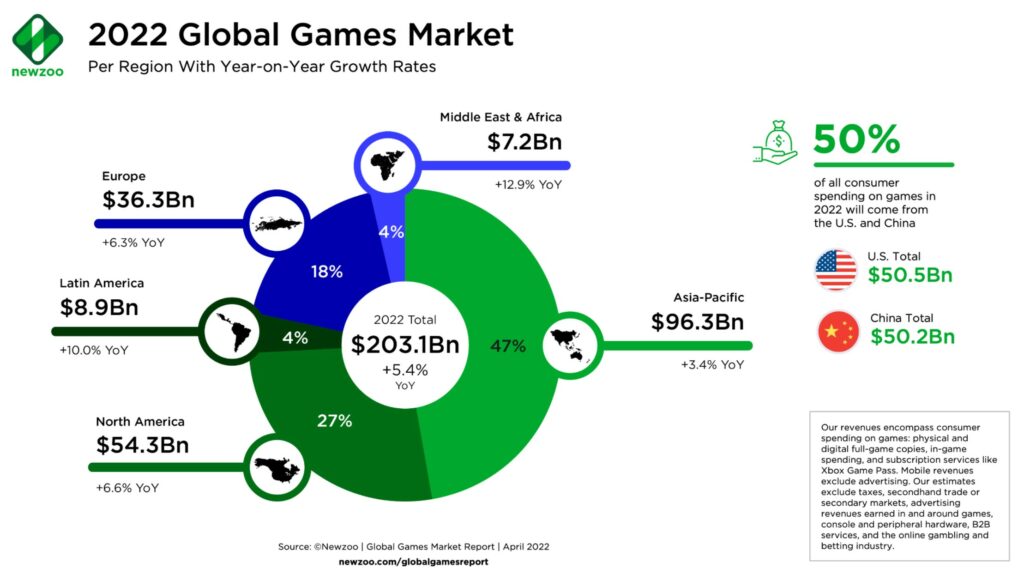
Suppliers have revealed that Huawei’s mobile phone production capacity has resumed. Huawei’s supply chain partner DBG Technology has revealed that the production capacity of Huawei’s mobile phones has been restored. The company has always cooperated with Huawei in various aspects. DBG Technology has been providing Huawei with manufacturing services for multi-dimensional products such as mobile phones, tablets, smart wearables, network terminals, security, and PCs. (GizChina, My Drivers, Zhihu)
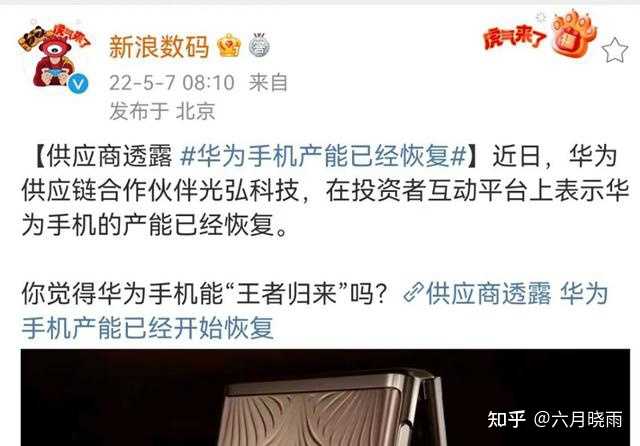

The staying power of notebooks is strong a full two years into the COVID pandemic, even as offices are welcoming more people back to in-person work, according to Strategy Analytics. Lessons learned from the pandemic weigh heavily on consumer and commercial buying decisions and as hybrid work becomes the norm, the need for mobile productivity remains high. The flipside of fewer COVID restrictions around the world means that education budgets have turned away from IT expenditures, which created an unfavorable YoY comparison with total shipments declining -7% in 1Q22. Lenovo shipped (sell-in) 14.4M units in 4Q21, representing -12% growth decline while keeping the number one rank at 23%. (Strategy Analytics)
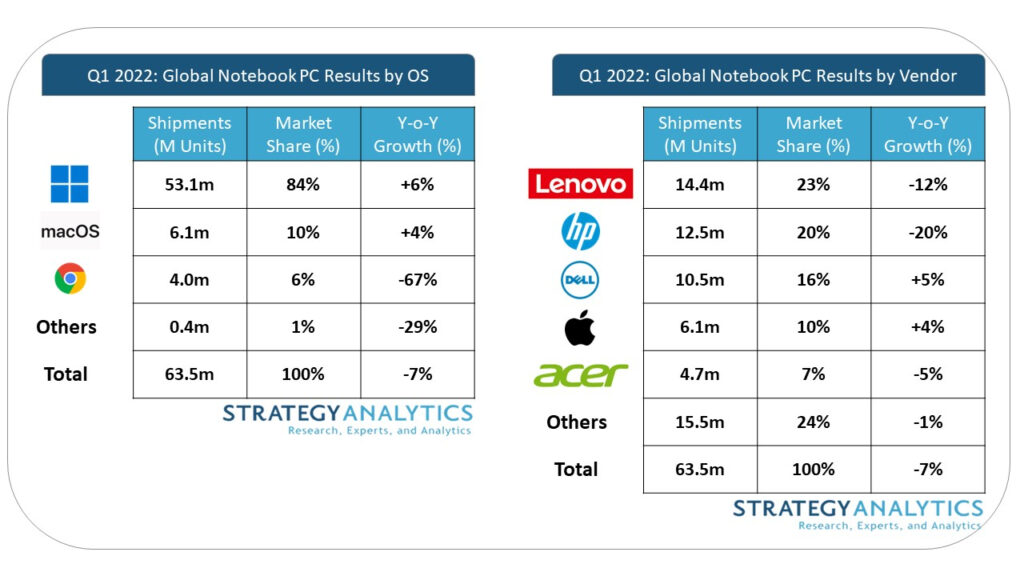

Tesla has picked a location to build its second production line in Shanghai near its existing Gigafactory 3, which would consolidate the production base’s role as its “largest export hub” globally. The company has said the new assembly line will have an annual capacity of 450,000 units and will make Model 3 and Model Y vehicles when the first phase of construction is completed. The assembly line will be a part of Gigafactory 3, also known as Giga Shanghai, which started producing Model 3s at the end of 2019. Its existing Giga Shanghai plant built 484,130 Model 3 and Model Y vehicles in 2021, representing 51.7% of its global total of 936,000 units. In China, 321,000 Model 3 and Model Y vehicles were delivered to customers in 2021, 117% higher than 2020. (Sina, iFeng, Inside EVs, SCMP)
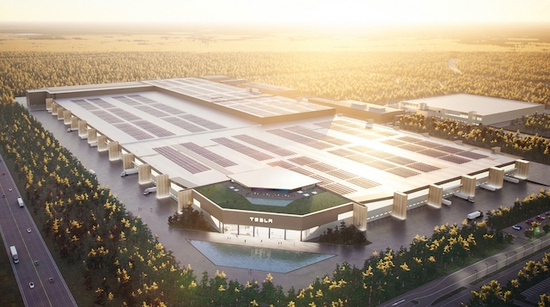
Tesla has revealed that the company aims to accelerate the global transition to sustainable energy. To do this, Tesla plans to sell 20M electric vehicles per year and deploy 1,500 GWh of energy storage per year by 2030. In 2021, Tesla is to deliver 936,200 electric vehicles to consumers. With a target of 20M in 2030, it is aiming for 21.36 times its delivery in 2021. However, the company has 8 years to hit this target so it is not outrageous. The 1,500 GWh energy storage project target is also much higher than 2021. (GizChina, IT Home, Tesla, US News)
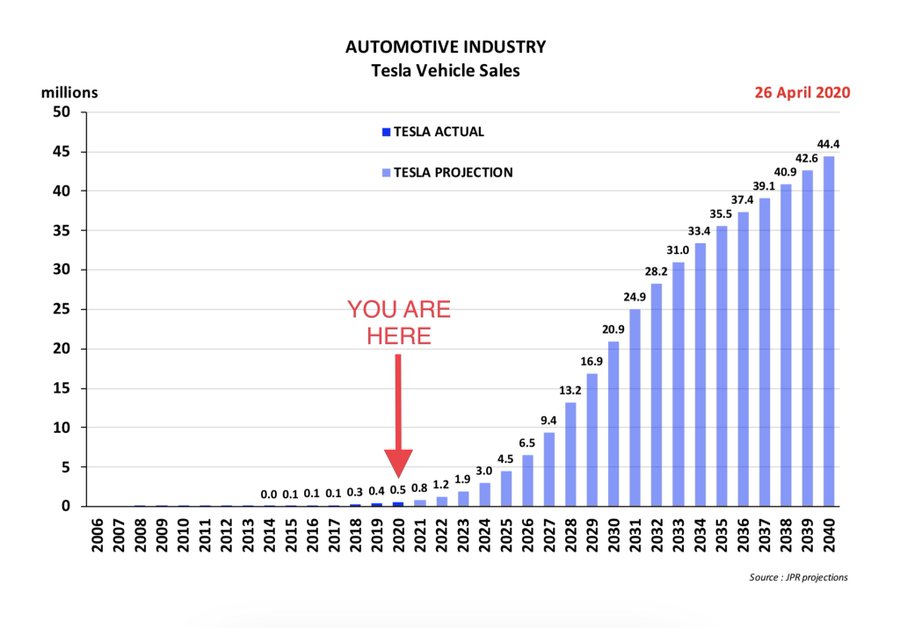
Tropos Motors designs, builds and markets best-in-class, fully electric, compact utility vehicles, and today announces the launch of the ABLE NXT platform. The NXT is made up of components that are manufactured in EU countries by German company Sevic Systems, and assembled in the US. Tropos Motors itself is based in California. The vehicle is being offered in multiple battery capacities, and with different charging options. If equipped with the maximum-capacity 33-kWh lithium battery pack, it reportedly has a range of up to 186 miles (299 km) – a complete charge takes anywhere from two to 14 hours. (CN Beta, New Atlas, PR Newswire)
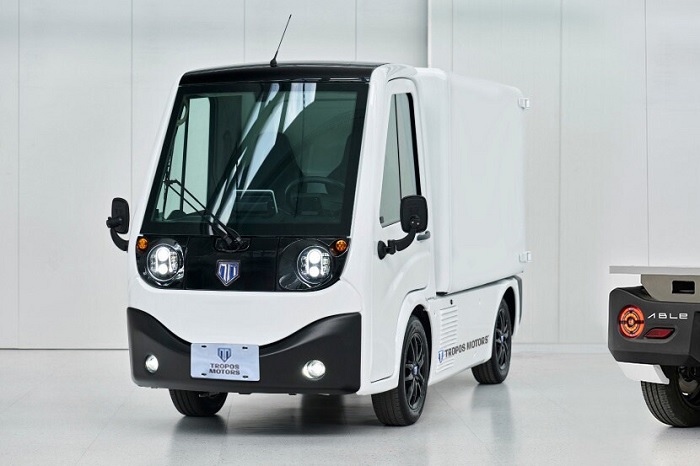
The electric motor market will exceed USD13B by 2027, with major technical innovations and a supply chain reorganization. The traction motor market is dominated by big OEMs: Tesla, BYD, and Volkswagen shared more than 40% of the market in 2021, according to Yole Development. The full-electric vehicle market is expected to represent more than 17% of the total passenger and light commercial vehicle market by 2027. Multi-motor adoption and motor power evolution are two other trends expected to increase the EV traction motor market. (Yole Development, CN Beta)
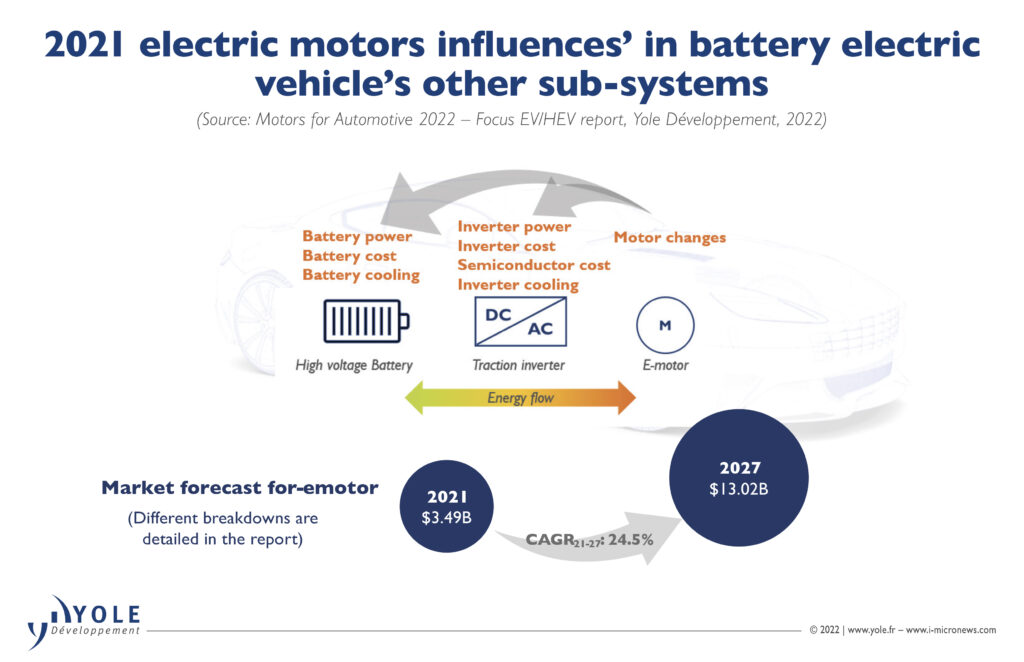

The U.S. Department of the Treasury’s Office of Foreign Assets Control (OFAC) has sanctioned virtual currency mixer Blender.io, which is used by the Democratic People’s Republic of Korea (DPRK) to support its malicious cyber activities and money-laundering of stolen virtual currency. On 23 Mar 2022, Lazarus Group, a DPRK state-sponsored cyber hacking group, carried out the largest virtual currency heist to date, worth almost USD620M, from a blockchain project linked to the online game Axie Infinity; Blender was used in processing over USD20.5M of the illicit proceeds. (CN Beta, The Verge, US Treasury)

Meta Reality Labs has created a prototype VR headset with a custom-built accelerator chip specially designed to handle AI processing to make it possible to render the company’s photorealistic Codec Avatars on a standalone headset. Meta has been working on its Codec Avatars project which aims to make nearly photorealistic avatars in VR a reality. Using a combination of on-device sensors—like eye-tracking and mouth-tracking—and AI processing, the system animates a detailed recreation of the user in a realistic way, in real-time. Meta has revealed it created a custom chip built with a 7nm process to function as an accelerator specifically for Codec Avatars. The chip’s footprint is a mere 1.6mm². The test-chip, fabricated in 7nm technology node, features a Neural Network (NN) accelerator consisting of a 1024 Multiply-Accumulate (MAC) array, 2MB on-chip SRAM, and a 32bit RISC-V CPU. (CN Beta, Upload VR, Road to VR)
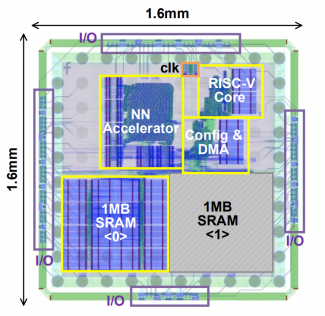
Intel plans to start selling a software platform that promises to simplify and speed up the training of AI models for computer vision. The software, code-named Sonoma Creek, is set to launch this fall, and the semiconductor giant plans to sell it as a subscription or license, which is part of a fresh push by the x86 giant to buoy chip sales with a growing stable of commercial software products. Intel also sees Sonoma Creek as a way to boost adoption of its free OpenVINO software toolkit for AI inference work. Intel is pitching Sonoma Creek as an “end-to-end AI development platform” that simplifies computer-vision model training for subject matter experts who don’t have data science experience.(CN Beta, The Register)
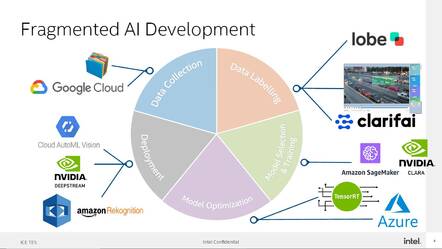
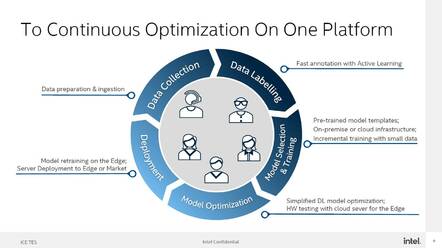
Research and development spending by semiconductor companies worldwide is forecast to grow 9% in 2022 to USD80.5B after climbing by an above average 13% in 2021 to a record-high USD71.4B, according to IC Insights. Total R&D spending by semiconductor companies is expected to rise by a compound annual growth rate (CAGR) of 5.5% between 2022 and 2026 to USD108.6B. Semiconductor R&D spending as a percentage of worldwide industry sales slipped to a ratio of 13.1% in 2021 compared to 14.5% in 2020 and 15.1% in 2019, when research and development expenditures declined 1% and total chip market revenue fell 12%. (IC Insights, CN Beta)
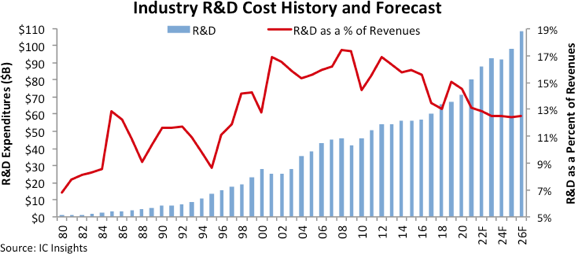
The Semiconductor Industry Association (SIA) has announced worldwide sales of semiconductors totaled USD151.7B during 1Q22, an increase of 23.0% over 1Q21, but 0.5% less than 4Q21. Global sales for the month of Mar 2022 were USD50.6B, an increase of 1.1% compared to the previous month. The global chip market’s YoY growth was down at 23.0% from 32.4% just one month before. This was largely due to dramatic fall in the sales growth of the Asia-Pacific and rest of the world region. (SIA, Sohu, EE News, Laoyaoba)
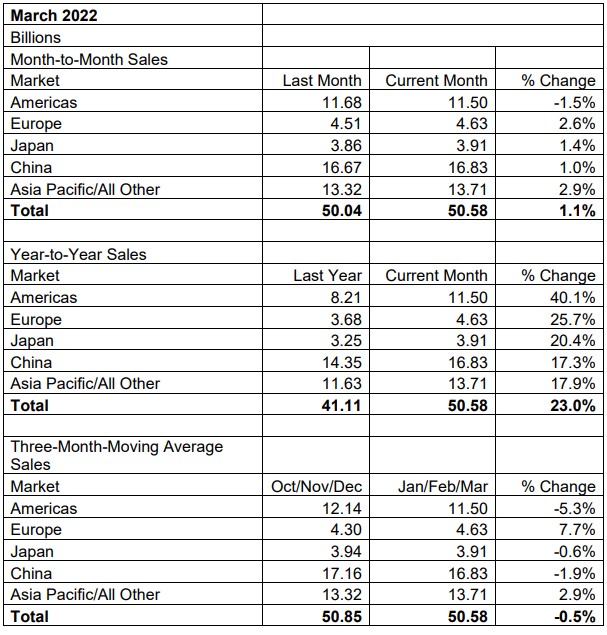
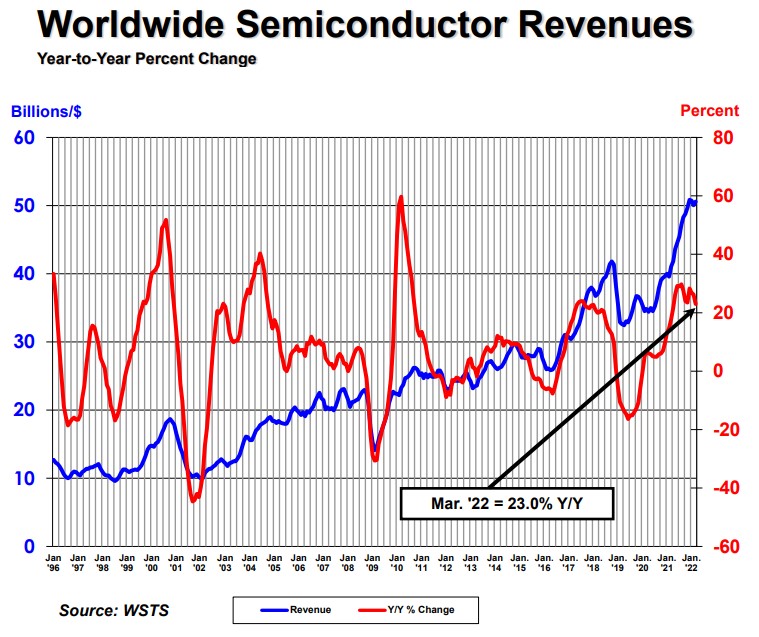
According to Yole Development, the SiC device market will reach USD6.3B in 2027. With the trend towards EVs in the past years, a longer range is one of the main demands of customers. However, this, in turn, creates a need for fast DC charging to decrease the waiting time at charging stations. The 800V EV is the solution to meet the demand, and it started to penetrate the market in 2021. SiC is considered the enabler to provide good efficiency, and a supply of 1200V devices is feasible. With more 800V EVs coming, SiC is expected to grow quickly. Meanwhile, charging infrastructure and photovoltaics are two markets supporting the EV trend. More chargers are needed to support the increasing volume of EVs, and renewable energy shares the same objective of zero CO2 emission with EVs. These are the markets for SiC to gain more momentum. (Yole Development, Laoyaoba)
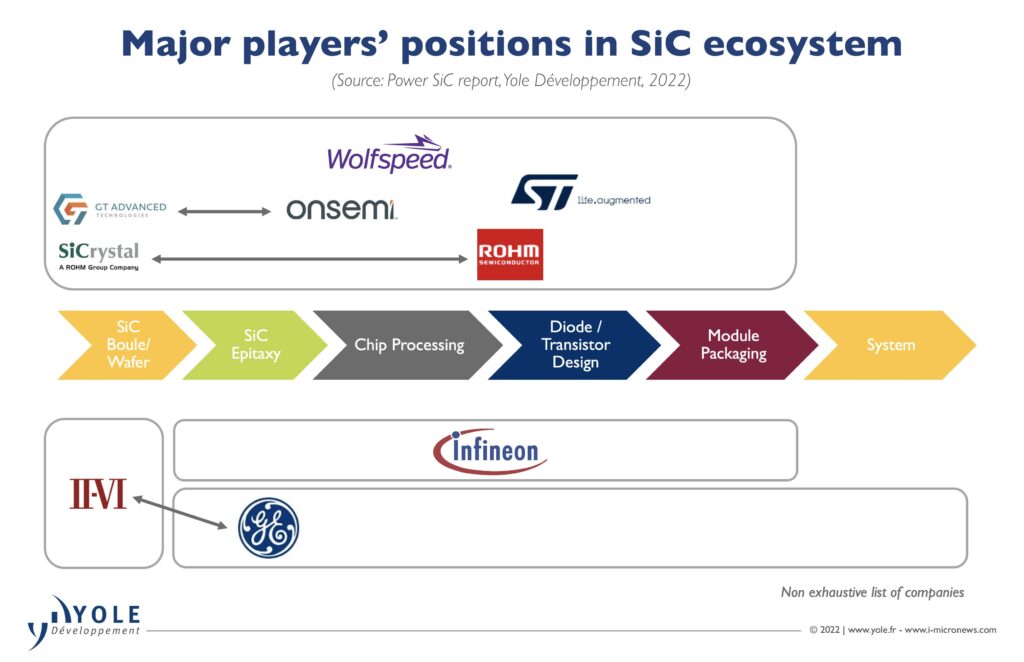
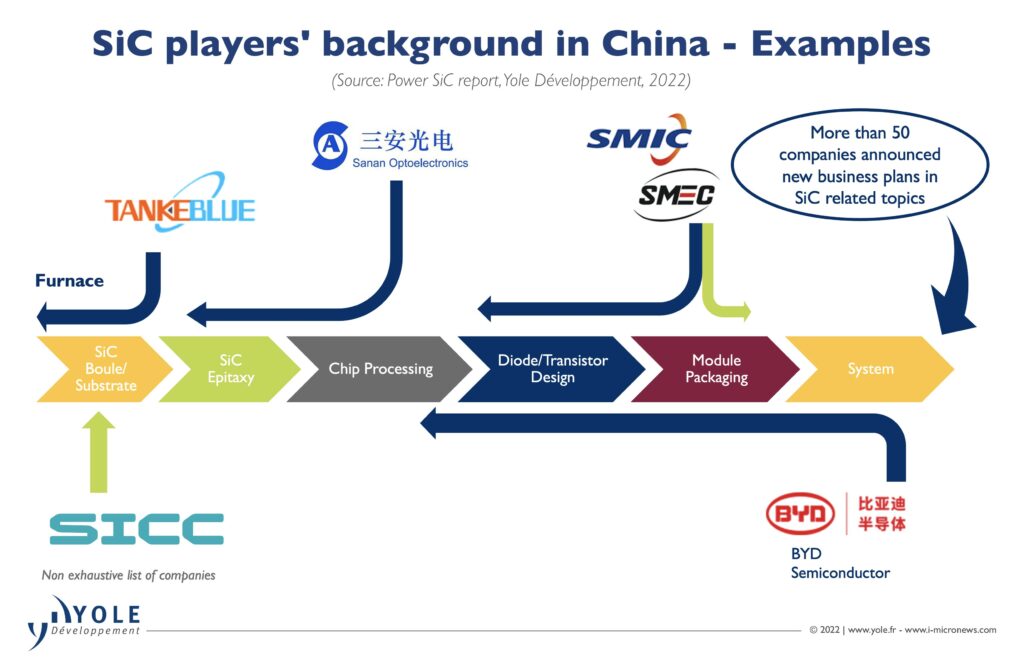
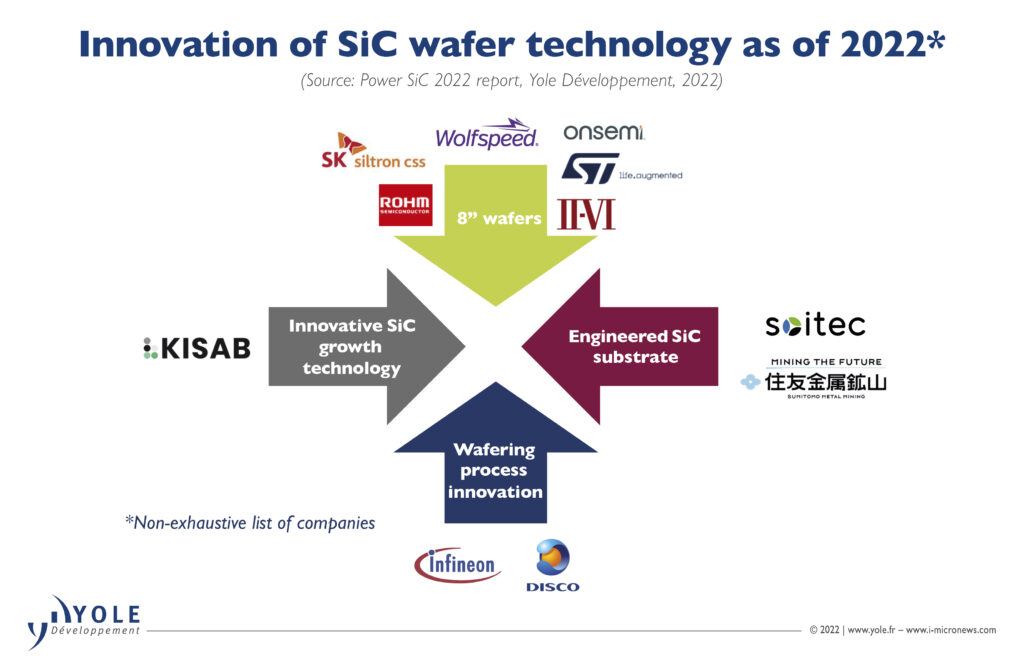

Intel has no 3D XPoint manufacturing capability, no plans to start XPoint manufacturing, and made no public commitment to develop third or fourth-generation XPoint media. It is estimated that Intel has about 2 years’ worth of XPoint chip inventory, and that means gen 2 four-deck 3D XPoint, as used in the Optane PMem 200 series products. The company has publicized a roadmap with third- and fourth-generation Optane products, both Persistent Memory (PMem) and SSD. There is now a separation between Optane media generations and 3D XPoint generations. (Blocks & Files, Sohu, CN Beta)
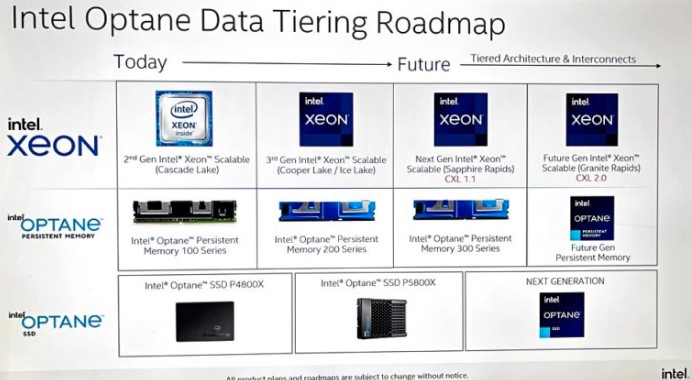

Spanish utility Iberdrola SA has announced a plan to invest around EUR500M (USD528.5M) in renewable energy, energy efficiency and other electrification solutions for Volkswagen’s new electric vehicle (EV) battery factory in Spain. The plan will include construction of a 250-hectare (618 acres) solar farm not far from the gigafactory’s location in Sagunto, Valencia, where Volkswagen intends to build facilities to manufacture 40 GWh of batteries using only renewables. Volkswagen and its Spanish unit SEAT said separately that they will invest EUR 10B in the EV business in Spain as part of a wider partnership with over 60 domestic and international companies. (CN Beta, Bloomberg, Renewables Now, Reuters, Iberdrola)
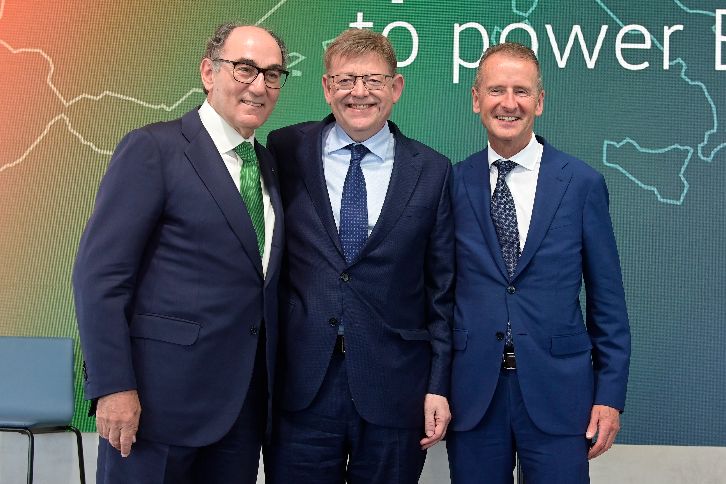
CATL plans to officially release “Qilin” batteries in 2Q22. CATL has said that the company’s Qilin battery has a 13% higher energy density than the large cylindrical battery under the same electrochemical system, so the company believes that the Kirin battery has great competitiveness as a mainstream product. At the same time, some customers need to use large cylindrical batteries due to special car design reasons, and CATL has cooperated with them. CATL has also pointed out that the company will release a sodium-ion battery in 2021. Its single cell energy density is as high as 160Wh/kg. It can be charged for 15 minutes at room temperature, and the power can reach more than 80%. It also has a low temperature environment of -20%ºC. The discharge retention rate is over 90%, and the system integration efficiency can reach over 80%. The company is committed to promoting the industrialization of sodium-ion batteries in 2023.(CN Beta, Sina, My Drivers)
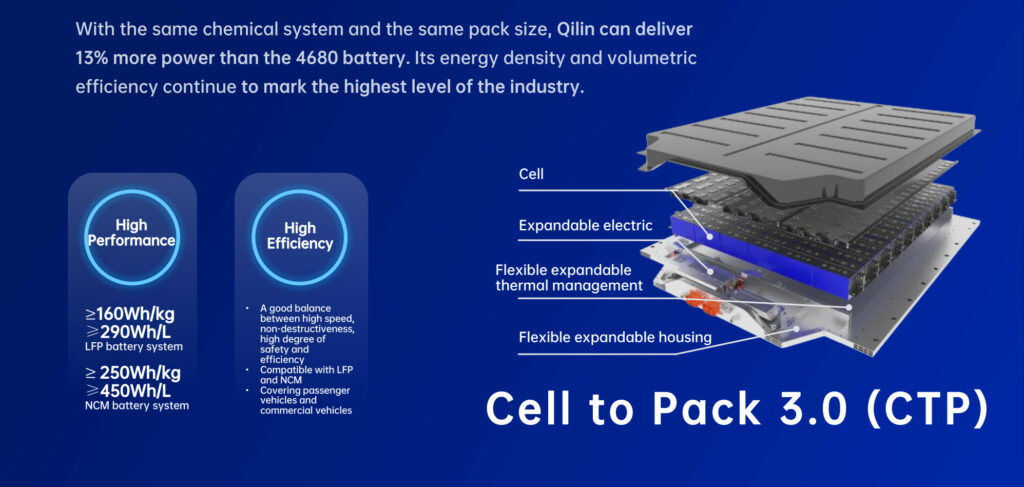
The global market for smartphone battery cells achieved a total revenue of USD8.7B in 2021, according to the Strategy Analytics. The total smartphone battery market experienced revenue growth of more than 10% YoY in 2021. In terms of vendor share, Amperex Technology Ltd (ATL) came out on top with 42% revenue share followed by LG Energy Solutions and Samsung SDI in 2021. The top-3 vendors captured almost 82% revenue share in the global smartphone battery market in 2021. (Strategy Analytics)
